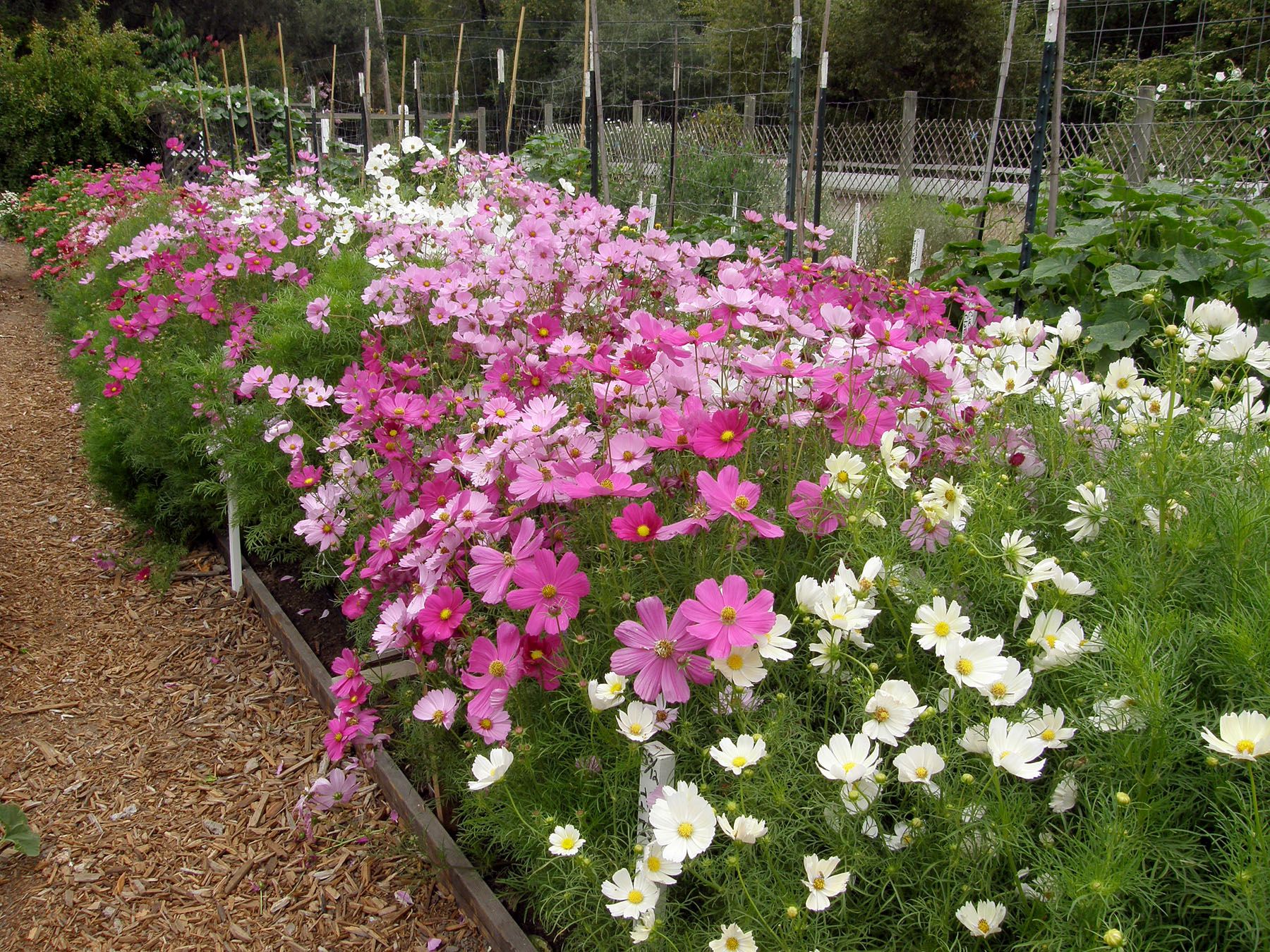Table of Contents
Cosmos are beautiful flowers and are famous for daisy-like blooms in a variety of colours. It is a wonderful choice for cut flowers. In the UK, the herbaceous plant’s popular variant is C. Bipinnatus, also called Garden Cosmos or Cosmea.
Growing cosmos from seed is the easiest method. Cosmos charm with a riot of colours and soft light green foliage, especially from July to October, is a great feast for the eyes.
Bipinnatus is a bushier variety, with its height soaring to 1.2 metres. Cosmos sulphureus or yellow Cosmos are still taller, and the height can go up to 1.8 meters.
Etymologically, Cosmos owes its origin to the Greek word “Kosmos” for beautiful. Among the gardening trends, there is a huge fascination for white Cosmos called ‘Purity’ as many people love an all-white garden.
Now let us look at the important methods of growing cosmos from seed.
How To Grow Cosmos From Seeds
1. Source Your Seeds Based on Key Parameters
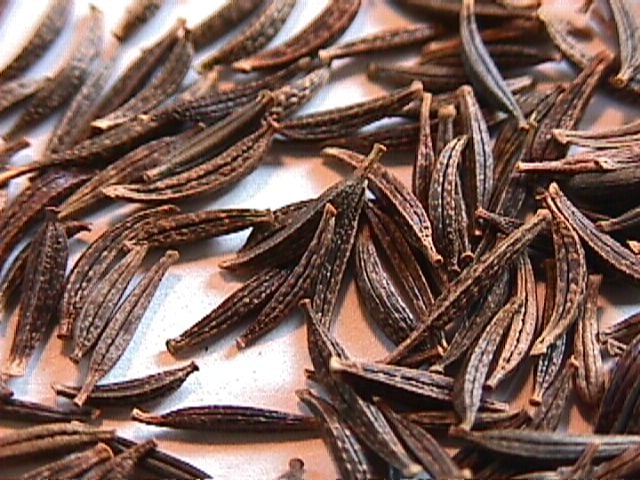
On the operational side of growing cosmos from seed, the first step must be clear planning on the type of cosmos to grow and choosing your favourite one from the vast varietals. In addition to seeds, you must also keep ready trays, pots, and the growing medium. Here the main consideration has to be the colour and form of the blooms.
Also, try to know how tall the variety will grow since many grow taller than others. Most cosmos are compact, with an average height of around 30cm, while some varieties go beyond one metre. As for arranging the seeds of Cosmos, you can buy them online and also from garden centres. There is also the option to collect seeds from friends and contacts if they have any superb Cosmos plants available.
2. Decide on Indoor or Outdoor Sowing
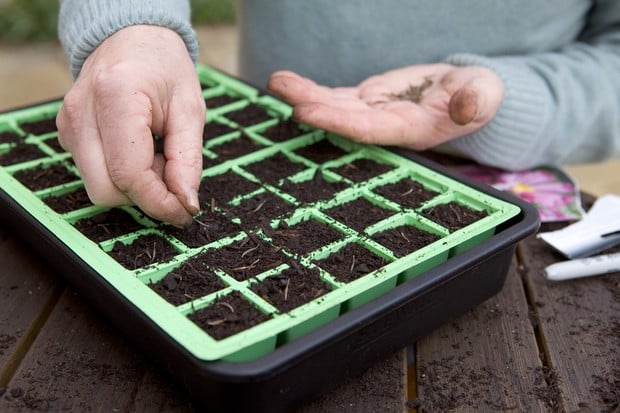
In growing Cosmos from seed, make sure grey cosmos seeds are spread out over a plastic carton containing compost discs. Cosmos offers the flexibility to be used as a companion plant in annual kitchen gardens. This is due to their ability to draw bees and other pollinators in good numbers. Although Cosmos is a versatile flower that grows in many settings, one cannot ignore the importance of moist soil with some free-draining nature as a favourable condition. The full blaze of the sun is fine for its growth. Cosmos will work well in beds and borders and also as prairie schemes or cottage gardens.
3. Plan the Best Timing for Sowing Cosmos Seeds
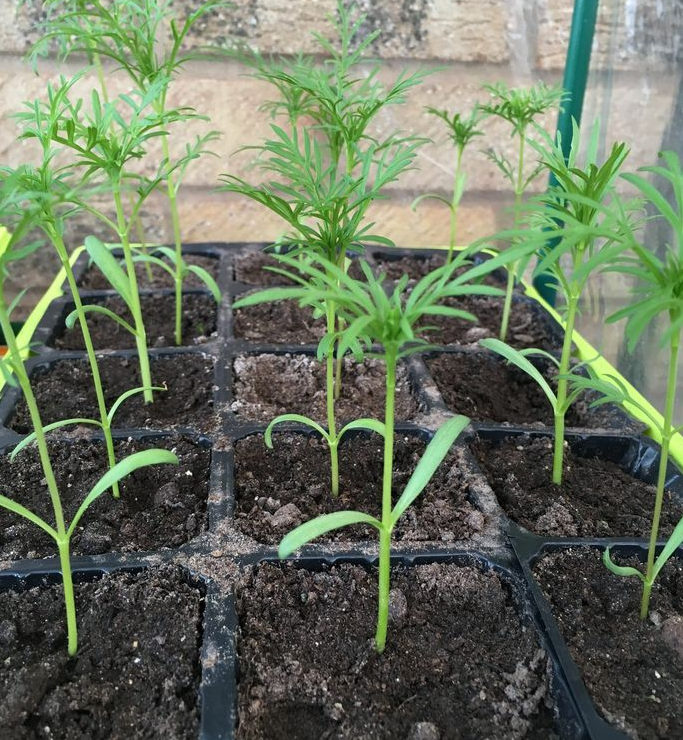
Spring is the ideal time to sow cosmos seeds. The sowing of seeds indoors is perfect in March and April. The blooming of the Cosmos happens as soon as the frost period is off. The best time to sow cosmos seeds outdoors is somewhere between March and May.
If it is indoor grooming, you can start in advance. In the case of indoor seeding, some additional tasks are involved, such as pricking out and potting on seedlings. This is done after hardening cosmos seedlings and ensuring there is no threat of frost outside. If the sowing period is from March, then the plant-out time must be April to May.
Advantage of Sowing Cosmos Seeds Indoors: The advantage of sowing Cosmos seeds indoors is that they will be a buffer against the attack of pests and slugs. Ensure that you are placing the seeds on top of your seed tray or pots that are filled with seed compost. For healthy germination, you may keep the temperatures at around 15°C.
You can also use an indoor propagator when it comes to growing cosmos from seed. Yet another option has a simple zip-lock bag to keep seedlings warm in high humidity. If your plan is growing Cosmos from seed and that too outdoors, sow them in rows or distribute cosmos seeds into a prepared bed at a convenient location.
4. Prick Out and Pot On
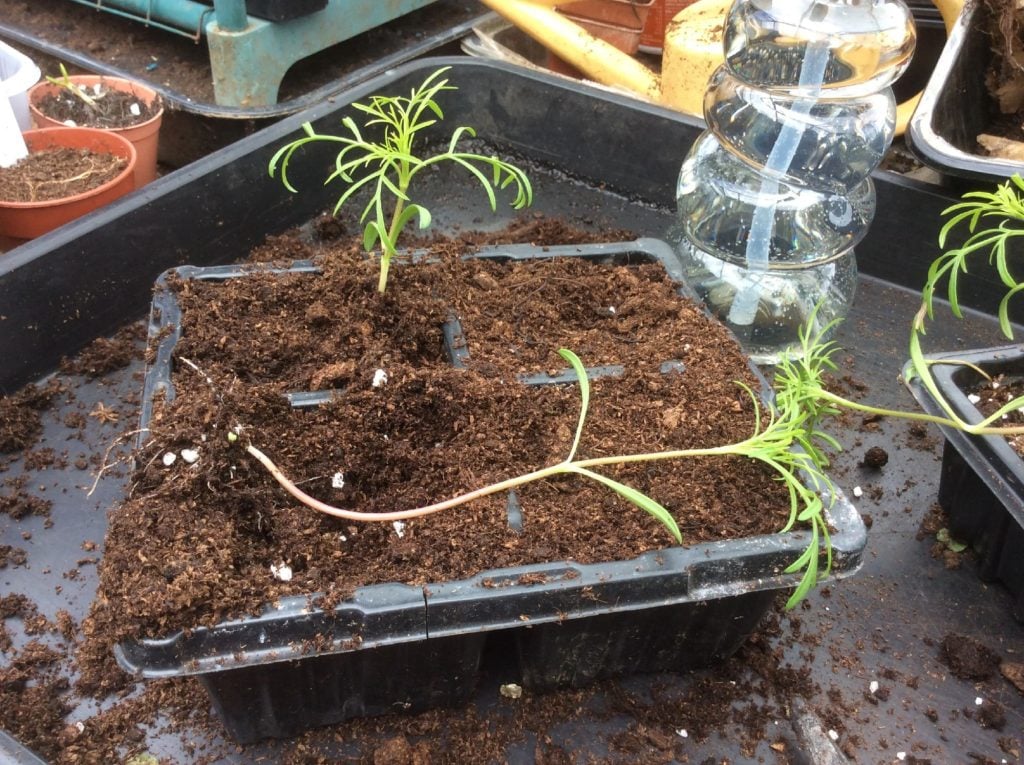
Whether you are aiming to grow Cosmos by sowing seeds outdoors or indoor sowing, some tips are very important. As we know from the seeds, cosmos seedlings originate within one week to three weeks time, and the temperature range has to be around 75 degrees Fahrenheit. The flowering, too, happens in 52 to 60 days. The soil preparation is a bit important. Make sure the soil has at least 8 inches of depth. You can cover the planted seeds with 1/4 inch of fine soil. Influencers suggest precise spacing will give good results.
5. Plant out Hardened Seedlings and Wait

Once the risk of frost is fading out and the Cosmos seedlings have hardened and can adjust to the outdoor conditions, you can plant out for final growing positions. Choose a suitable location in your garden, and plant your Cosmos for good growth. They will eventually multiply with self-seeding, and the population will boom in your garden, and you do not have to sow seeds every spring.
Benefits from Various Sowing Methods

As noted here, throughout the spring season, there is scope for sowing seeds of Cosmos depending on the hardiness zone of the soil. Cosmos seeds are distinguished by their long and thin appearance and the ability for faster sprouting.
Growing cosmos in modules indoors will get a healthy start as you have good control over the blooms. By salvaging the seeds away from the ground, protect the seedlings from the attacks of harsh weather and slugs. Since the indoor process gets an early head start, the planting can start early, and blooms will be ready to attract bees early in the summer.
Direct Sowing of Cosmos Seeds Outdoors: Sowing cosmos outdoors will be a low-maintenance choice but a wise option to develop a casual cottage garden. Here the best part is to place seedlings in groups to make drifts and clumps than going for straight lines. To grow Cosmos sowing outdoors, do some work on the soil to make it warm. Rake the seedbed area so that no soil clumps prevail and a crumbly texture is made possible.
Basic Conditions of Growth for Cosmos
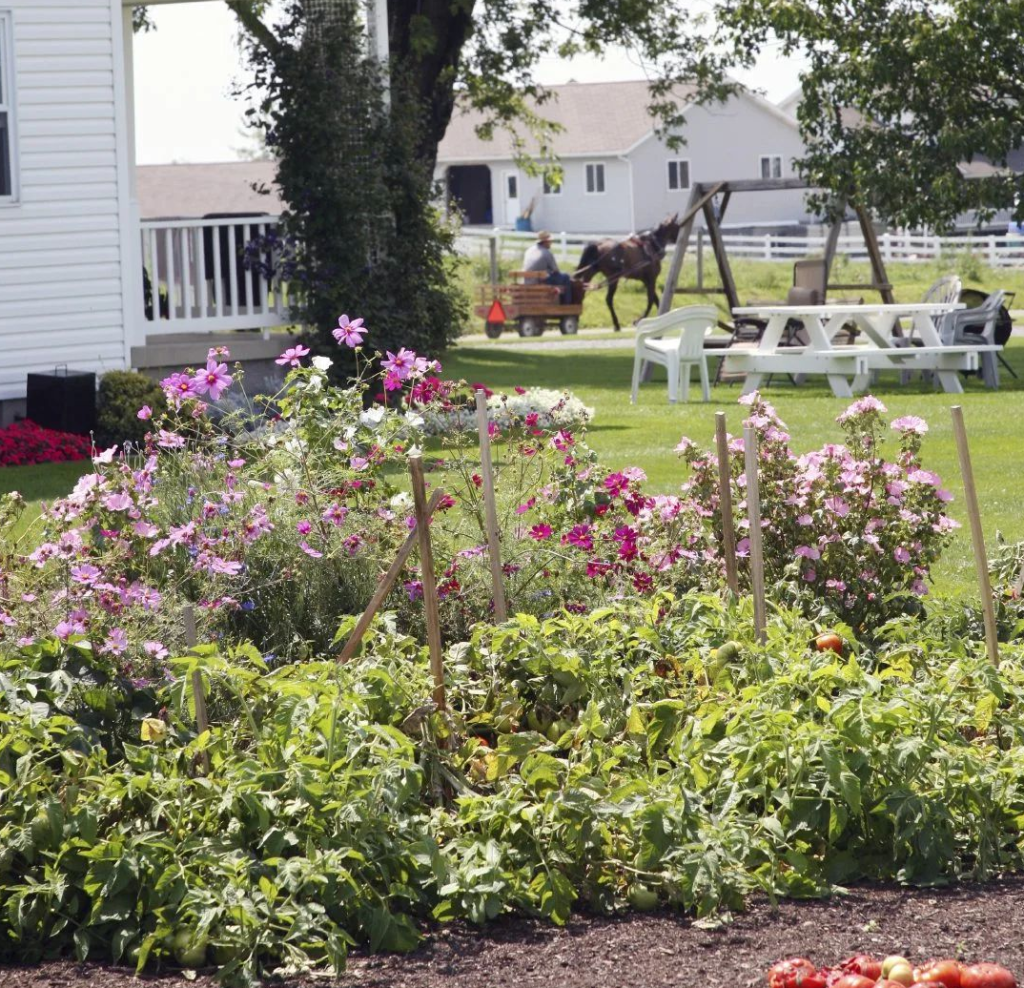
Planting the cosmos in groups creates a focal point for late summer blooms until the first frost. It will also draw more bees, provided plants are well-dotted throughout the garden. Ideally, Cosmos flourish in a sunny spot and needs some safeguarding against harsh winds. To conserve moisture in the soil, mulching the ground and adding leaf mulch as organic garden material will be useful. Cosmos can withstand most pH levels, but neutral, alkaline soil is the best. Long wetness could lead to a delay in flowering.
Benefits of Growing Cosmos
Cosmos are versatile and suit a range of styles. They can be groomed into a cottage garden border, a prairie-style naturalistic planting design, or a wildflower meadow. They also make excellent companion plants in your kitchen garden, along with vegetables and fruit crops, with the capacity to deter pest predators and charm valuable pollinators.
1. Cut Flower Harvesting
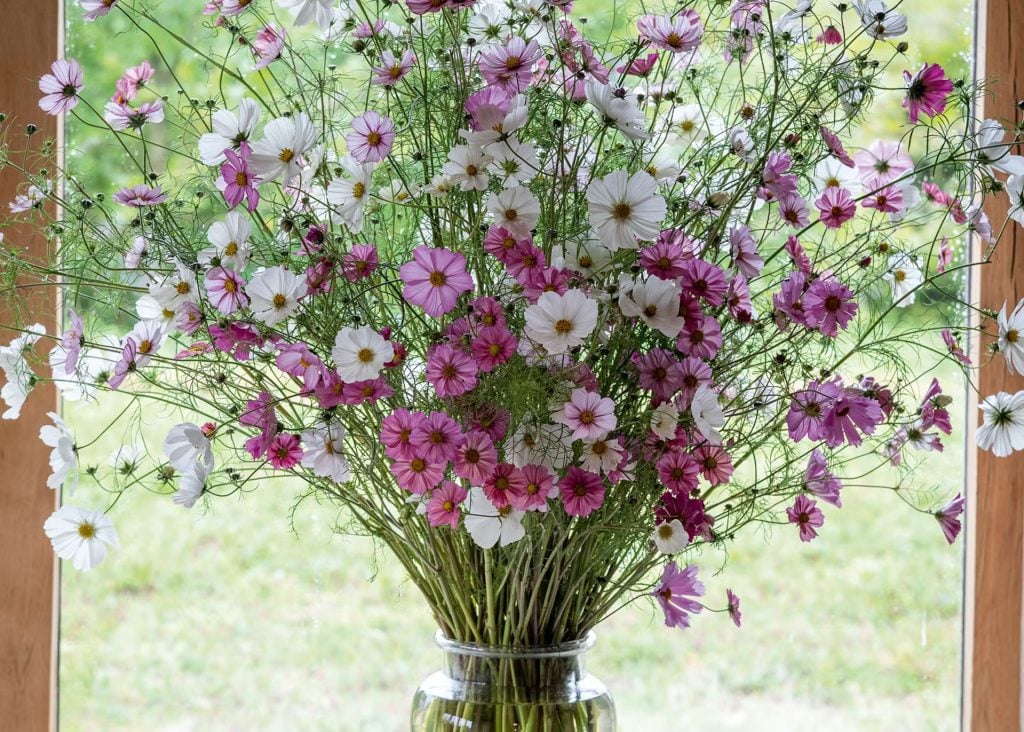
To harvest for cut flowers, cut the Cosmos blooms when they are tender and unfurl in the morning. This is when there will be more moisture, and it will not wilt. Plunge the blooms into a container of warm water to get rid of lower leaves. There are many innovative ways to keep flowers extra fresh in a vase. One way is to re-cut the stems periodically and refresh the water so that your Cosmos can last 10 days in the vase. While harvesting, do not forget to leave a few flowers on the plant to allow self-seeding.
2. Charming Cosmos Gardens

As for colours, Cosmos presents an exciting bouquet of colours– pale pastels, whites, bright pinks, crimson, orange, and so many zingy colours. Crimsons are favourites for flower bed ideas. They self-seed for several years filling yards with open-faced blooms that last many months, offering a bounteous palette of late summer flowers until frosts set in.
In planning your garden with Cosmos, place taller varieties in the middle or at the rear of the border. They include goat’s beards, coneflowers, and black-eyed Susans. Shorter varieties make colourful and airy edging plants.
The Cosmos family comprises around 25 species. However, 3 dominant gardens as the favourites of landscaping professionals. Cosmos Sulphureus is native to Mexico and South America. With its golden yellow blooms, the drought-tolerant variant is comfortable with hot weather.
Other cultivars are relatively shorter, more orangy, and carry smaller flowers. Cosmos Bipinnatus is more colourful and flaunts daisy-like flowers in white, pink, red, and orange with a medium height yet shorter than C. Sulphureus. C. Bipinnatus grows well in sunny spaces despite the lower heat tolerance compared to C. Sulphureus.

Chocolate cosmos are a separate species altogether and are known as Cosmos Atrosanguineus. It has dark red flowers that will exude a chocolate-like smell. Other cosmos cultivars include Bright Lights mix, Cosmic Orange, Peppermint Candy, Sea Shells series, and ‘Ladybird. ‘Picotee’, ‘Purity’, and ‘Cosmos Sonata Series’ are famous.
Tall cosmos are good for the back row of the garden and fill mixed borders among perennials such as Phlox, Daisies, Foxgloves, and Delphiniums. The annuals include Poppies, Cleome, and Asters. Dwarf cosmos variants include the Ladybird series.
3. Caring for Cosmos
Cosmos thrive in flower beds and make great-cut flowers. They do not need any hard care and brave drought, poor soil, and general neglect. Their ability to self-sow is a great plus. However, Cosmos plants also face attacks from pests like Aphids, Thrips, and Flea beetles. The pest attack can be managed with a spray of insecticidal soap.

Certain plant diseases like Aster yellows, Bacterial wilt, and Powdery mildew may affect Cosmos. This can be addressed by providing adequate spacing to plants to ensure ample airflow to ward off diseases. In order to support Cosmos from strong winds, encourage balanced branching of the plans by pinching out central shoots, or you can also stake them.

Growing Cosmos against a fence also provides the necessary support. The taller varieties can go in the middle part or rear side of the border with Goat’s beards, Coneflowers, and Black-eyed Susans. Shorter varieties can make colourful and airy plants.
Conclusion
You can also opt for grooming shorter varieties of Cosmos in pots and making a fascinating patio with container plants.
You mix and match a slew of shorter varieties, such as Sonata and Sensation.
To encourage branching and flowering, pinch out the growing tips of the Cosmos and see the first blooms quite early.
Now the various aspects of growing the cosmos from seed have been exhaustively discussed.
You can take cues from the above roundup and get on with the task of building a fascinating home garden where the sights of lovely Cosmos plants will make your day cheerful and exhilarating.

